Determining the optimal time for a journey to Alaska is a question many travelers ponder, given the state's diverse landscapes and seasonal offerings.
The tourism industry in Alaska has seen significant growth, with a record 2.7 million visitors in 2024.
For those contemplating their inaugural trip to the Last Frontier, selecting the right season is crucial for tailoring the experience to personal preferences.
The period between May and September is widely regarded as the best time to explore Alaska. These months typically bring clearer weather, temperatures ranging from the low to mid-60s°F, and extended daylight hours.
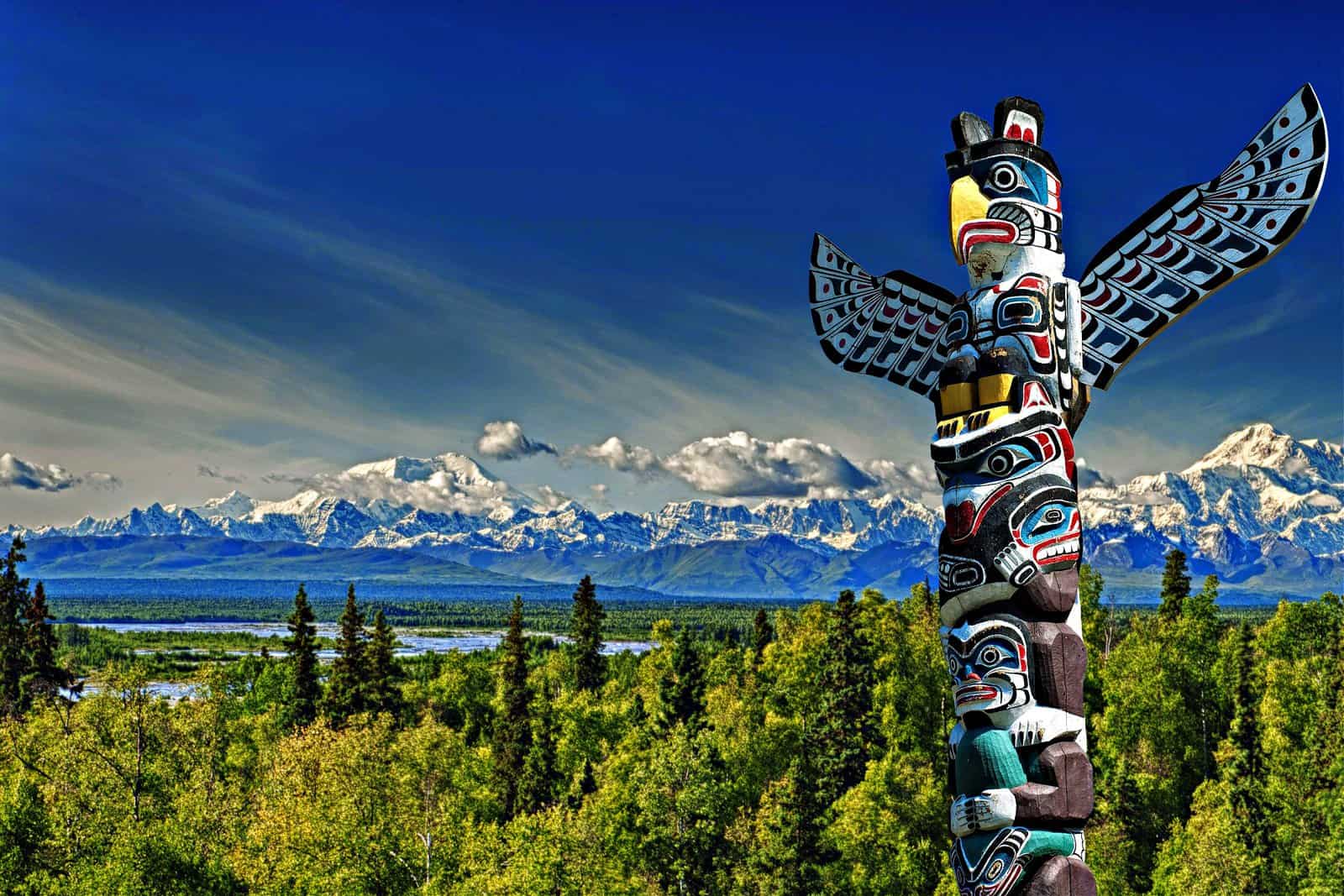
The peak tourist season spans from June through August, coinciding with summer vacation, warmer temperatures, and the prime fishing and whale-watching periods.
Conversely, the shoulder seasons—falling just before and after summer—appeal to visitors seeking cost savings and fewer crowds. Winter months attract enthusiasts of snow sports, the Northern Lights, and unique events such as the Iditarod.
The allure of summer, while making it Alaska's prime tourism season, might not align with every traveler's aspirations. It's essential to reflect on the desired experiences before deciding on the visitation period.
This overview aims to illuminate the advantages and disadvantages of visiting Alaska across different seasons, assisting in planning the ideal Alaskan adventure.
A Closer Look At The Best Time To Visit Alaska
Exploring the optimal season for visiting Alaska reveals a balance of advantages and disadvantages inherent to each choice.
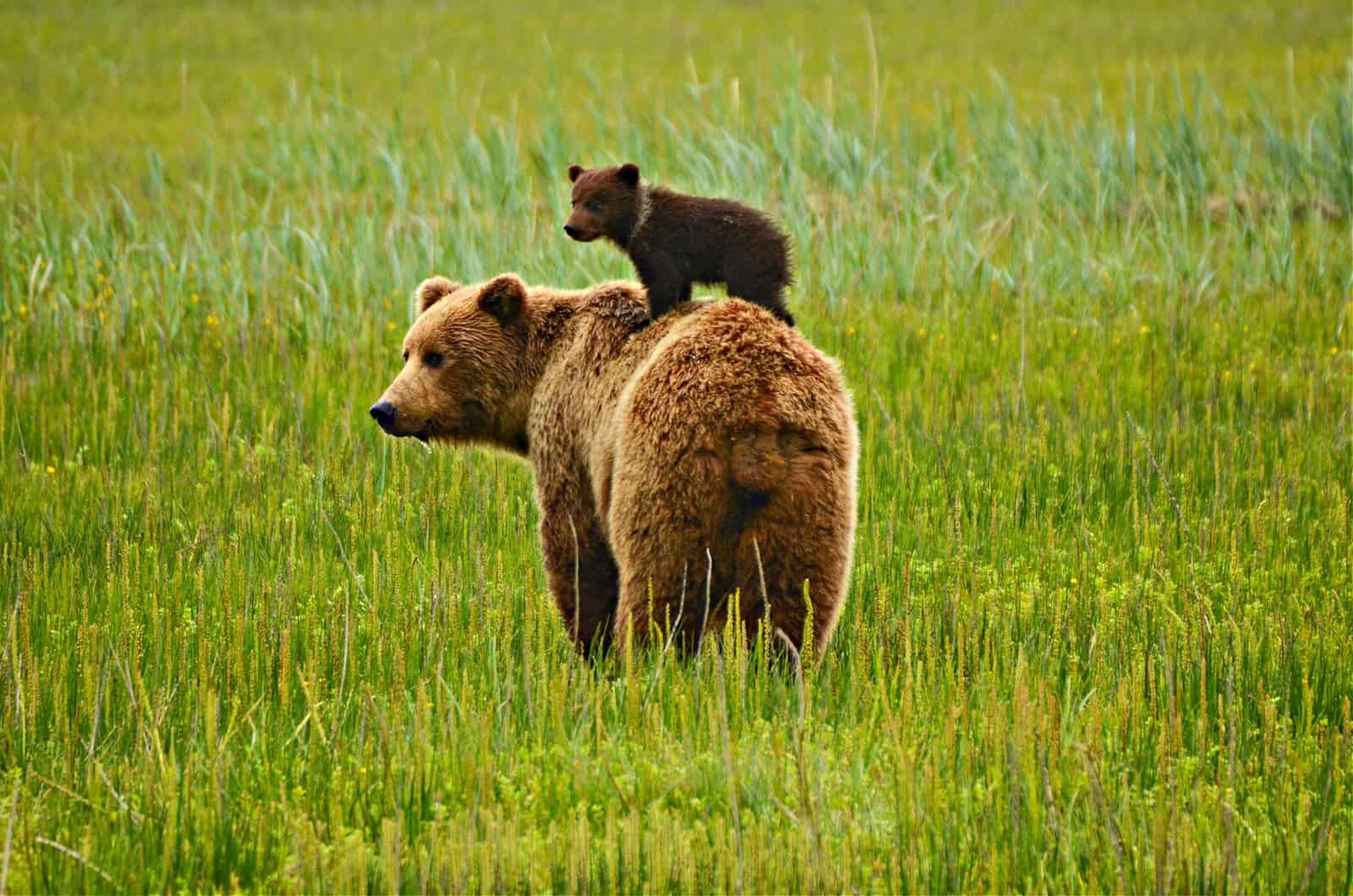
Advantages of Embracing the Summer Surge
Summer attracts the lion's share of visitors to Alaska, a preference that's hard to contest. Between June and August, travelers are treated to mild temperatures, breathtaking landscapes, and a wealth of wildlife viewing opportunities.
The extended daylight hours of the summer months significantly enhance the exploration potential.
On the summer solstice, for example, many parts of Alaska bask in more than 18 hours of sunlight, with temperatures typically hovering in the low to mid-60s°F by day and dipping to the mid-40s°F at night.
This peak season ensures a wide array of professional tours are available, catering to diverse interests.
During these months, major cruise ports often accommodate up to six cruise ships daily, a stark contrast to the quieter shoulder seasons.
This period also offers the prime opportunity for wildlife sightings, including brown bears, moose, and whales, enriching the visitor experience.
Whale watching, a quintessential summer activity in Alaska, reaches its zenith as various whale species migrate through Alaskan waters.
The summer months align with the peak migration period, offering unparalleled opportunities for observing these majestic creatures in their natural habitat.
For enthusiasts keen on the nuances of whale watching in Alaska, further details can be explored in this blog post.
For fishing aficionados, summer marks the climax of the fishing season. Optimal times for angling king salmon span from mid-May through July, while red salmon are most abundant from mid-June to mid-August.
Silver salmon enthusiasts can look forward to their season from July through September, with a brief period in mid-July to mid-August ideal for catching pink and chum salmon, rounding out the rich fishing offerings of the Alaskan summer.
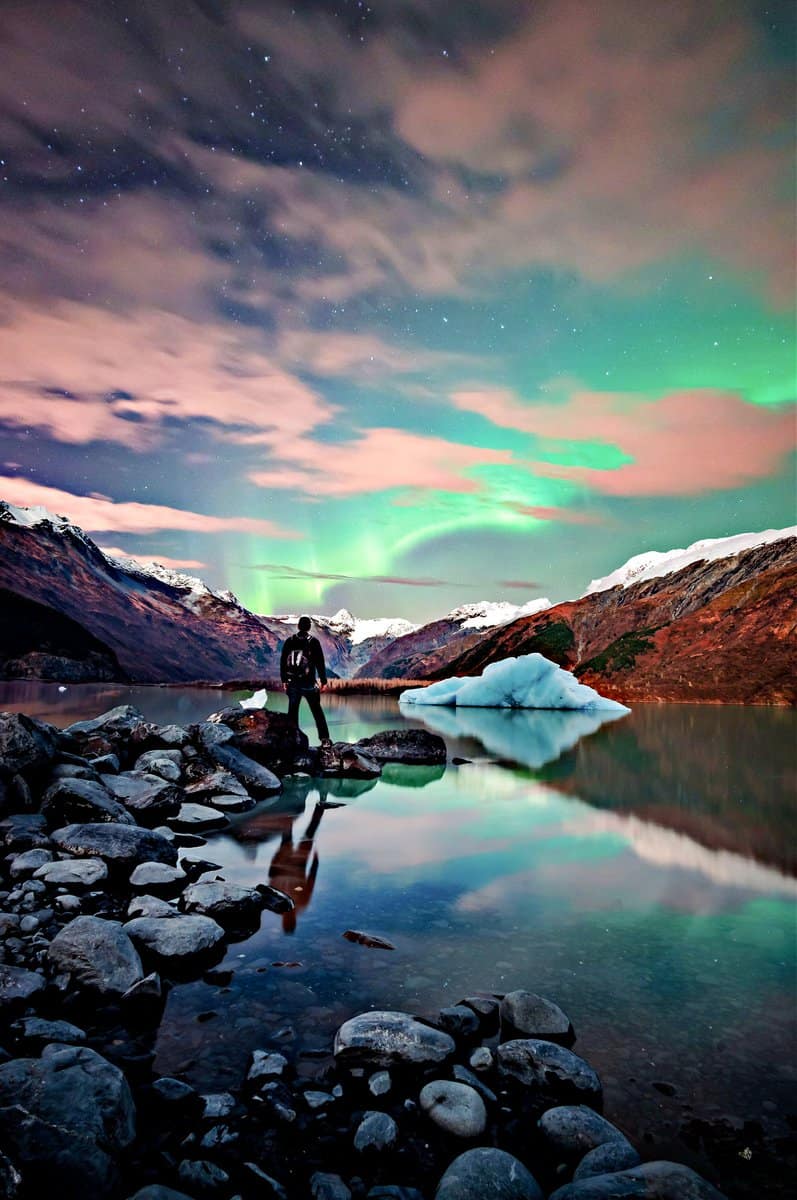
Challenges of Peak Season Travel
While the allure of summer in Alaska is undeniable, it comes with certain challenges that travelers should consider. The most immediate concern for many is the increased cost associated with summer visits.
Prices for accommodations, tours, and flights peak during this high-demand season, necessitating early booking—often months in advance—to secure desirable travel arrangements and experiences.
The likelihood of encountering rain also ticks upward during the summer months. Cities like Anchorage experience their highest precipitation levels in July and August, receiving between 2-3 inches of rain, compared to an average of 1 inch in other months.
This increased rainfall can affect outdoor activities, requiring visitors to be prepared with appropriate gear and flexible plans.
Moreover, early summer visitors often contend with a less welcome aspect of the Alaskan wilderness: mosquitoes. These insects are particularly abundant in June and July, potentially detracting from the enjoyment of outdoor activities.
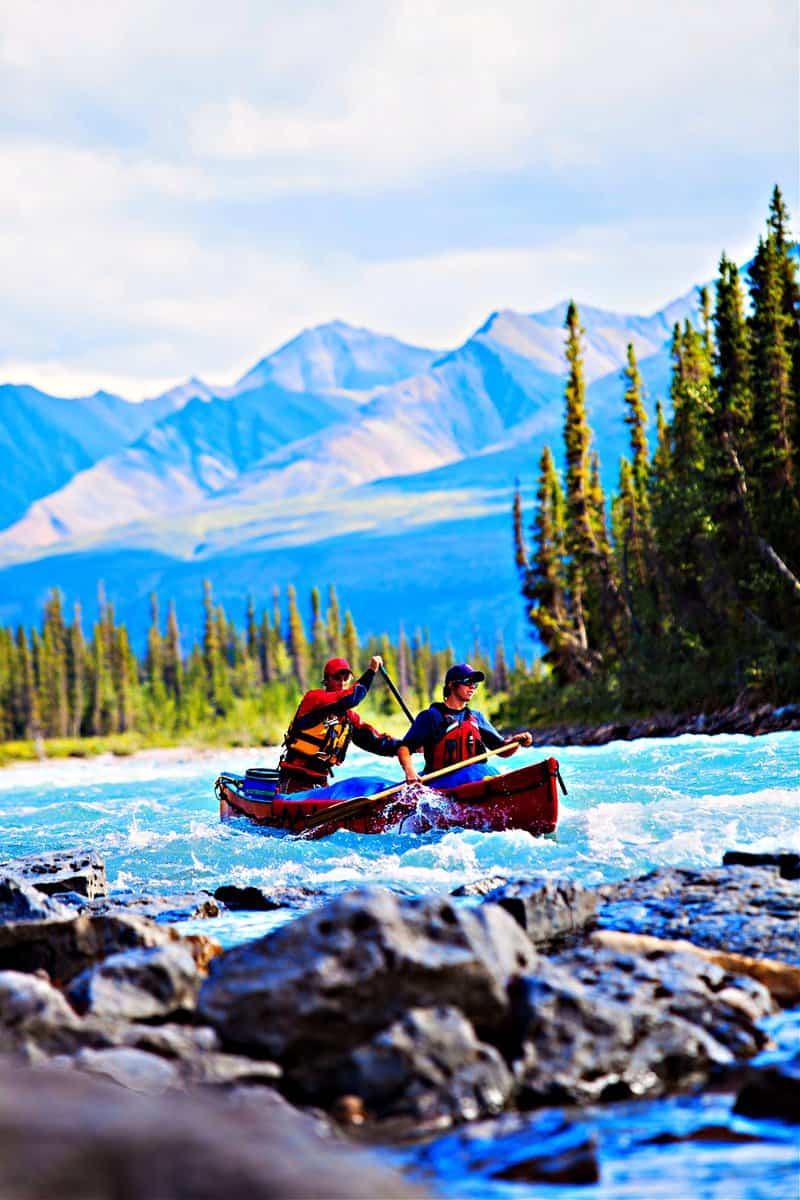
Opting to visit towards the end of summer, as August nights begin to cool, can significantly reduce encounters with mosquitoes, offering a more comfortable experience.
Evaluating Off-Peak Travel to Alaska
Exploring Alaska outside the peak summer months presents a different set of advantages and challenges. The off-peak seasons—spring and fall—offer distinct experiences characterized by fewer tourists, potentially lower costs, and unique natural phenomena.
However, these benefits come with considerations such as cooler temperatures, limited wildlife sightings, and reduced availability of certain tours and activities.
As travelers contemplate an off-peak journey to Alaska, weighing these factors against personal preferences and travel objectives is essential for crafting a fulfilling itinerary.
When To Consider Visiting During Shoulder Seasons
Exploring Alaska outside the peak summer months can offer a unique and rewarding experience. The shoulder seasons, spanning April to May and September, present a cooler, quieter alternative with distinct advantages.
Travelers can benefit from reduced crowds, more availability for tours, and significant savings on travel expenses, often finding prices 10-25% lower than during the summer.
This period is highlighted in this guide as a top recommendation for those looking to explore Alaska on a budget. During these months, Anchorage sees average temperatures ranging from 30°F to 55°F in the spring and hovering in the mid-40s°F in September.
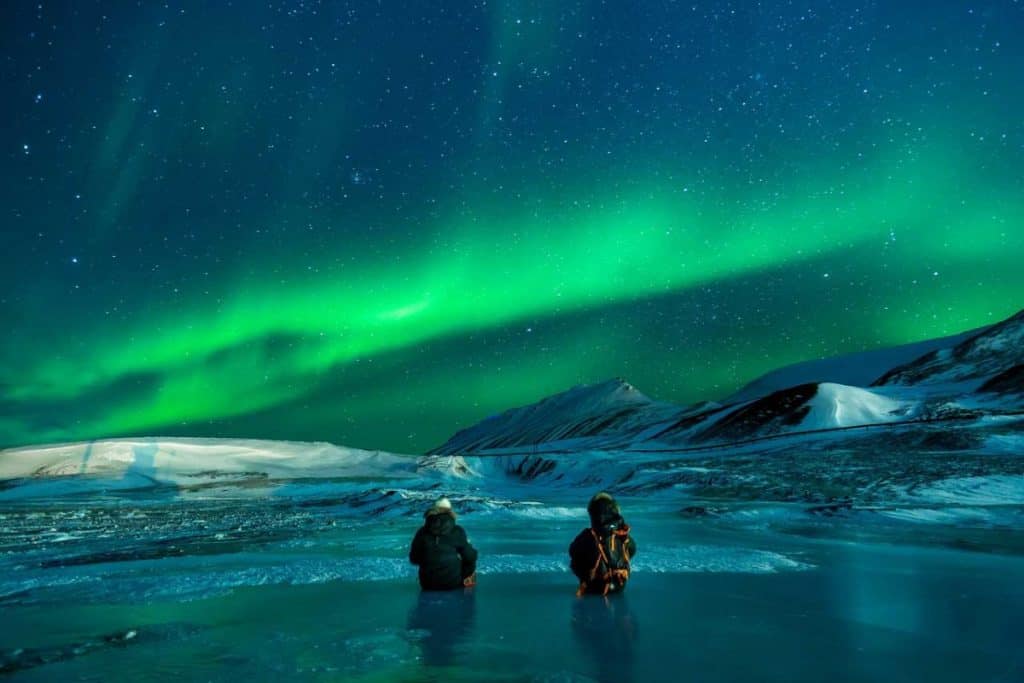
The extended periods of darkness also increase the chances of witnessing the Northern Lights, a sight unavailable during the endless daylight of summer.
For the best opportunities to see the Aurora Borealis, the optimal times are typically between October and November or in March. However, the shoulder seasons still provide a chance to experience this natural marvel, offering a compelling reason to visit during these times.
To learn more details about the Northern Lights, please check out this post about the best times to see the Aurora Borealis in Alaska.
Spring shoulder season also opens up possibilities for engaging in winter activities, such as glacier landings, which may not be available later in the year.
On the downside, those eager to hike the Arctic tundra might find their plans delayed, as the area often remains snow-covered until mid-June. Conversely, September invites visitors to witness the rapid yet stunning transition of the Alaskan landscape into autumnal colors, an ephemeral spectacle that peaks in mid-September.
Thus, while Alaska's autumn is notably brief, the shoulder seasons offer a blend of benefits for travelers seeking the unique beauty and tranquility of the Last Frontier during these less crowded times.
Why Brave The Alaskan Winter?
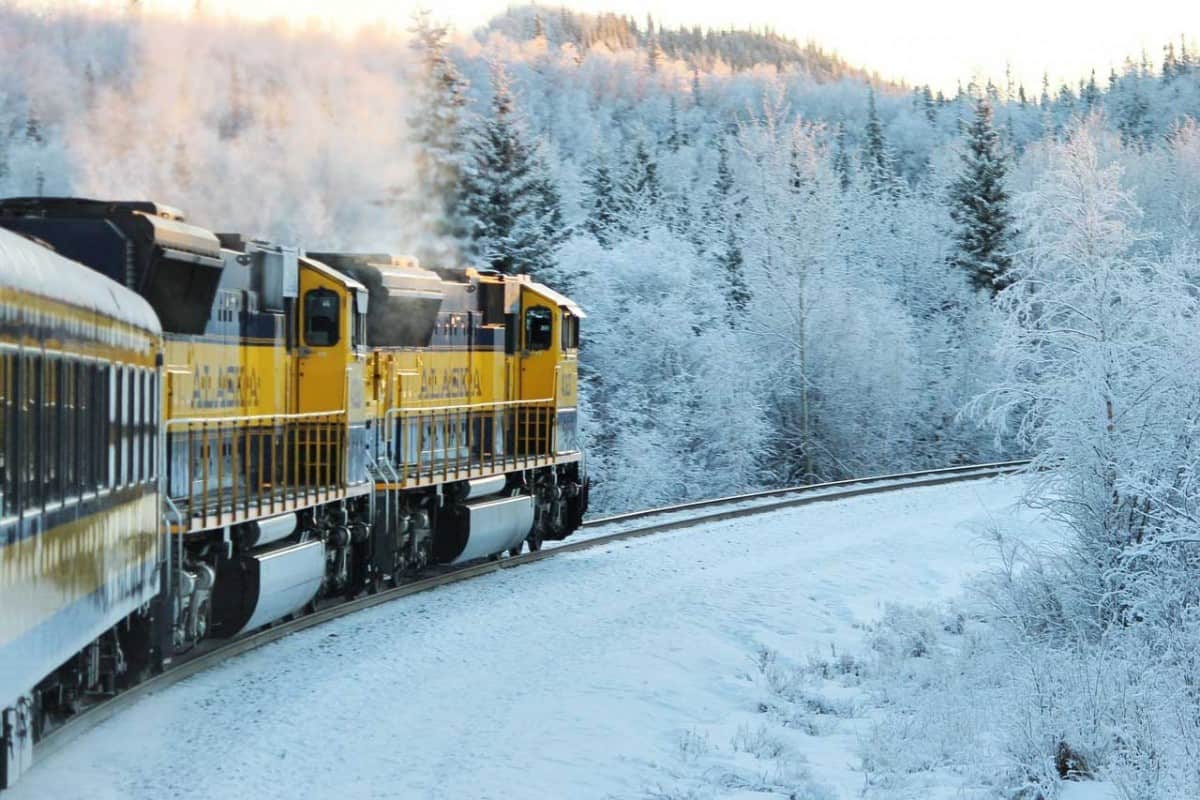
OK, let’s be honest: visiting Alaska during the frigid winter months isn’t an easy sell. Temps are usually in the low to mid 20s°F, there are fewer tours available, and there are only about six hours of sunlight in the southern portion of the state.
For those who are into winter sports, snowy scenery, or the Northern Lights, however, a winter vacation to Alaska might be worth considering.
One major reason people visit Alaska in the wintertime is to take advantage of the state’s many snow-related activities.
A few of the most popular sports you could try out include snowshoeing, skiing, ice fishing, and ice climbing. Snowfall usually starts in earnest in late December, so the best months for snowy weather are between January and March.
Obviously, the higher you travel, the more snow you’re bound to encounter. For instance, Anchorage gets about 80 inches of snowfall per year, but the nearby Alyeska Resort receives almost 180 inches per year.
For those not interested in trekking through the snow, consider booking a spot on a scenic winter train ride. Yes, tour companies operate multi-day trips on the Alaskan Railroad between Anchorage and Fairbanks during the harsh winter months.
Taking a train ride in Alaska is great any time of year, but it’s especially magical during the winter due to the snowy scenery and Northern Lights.
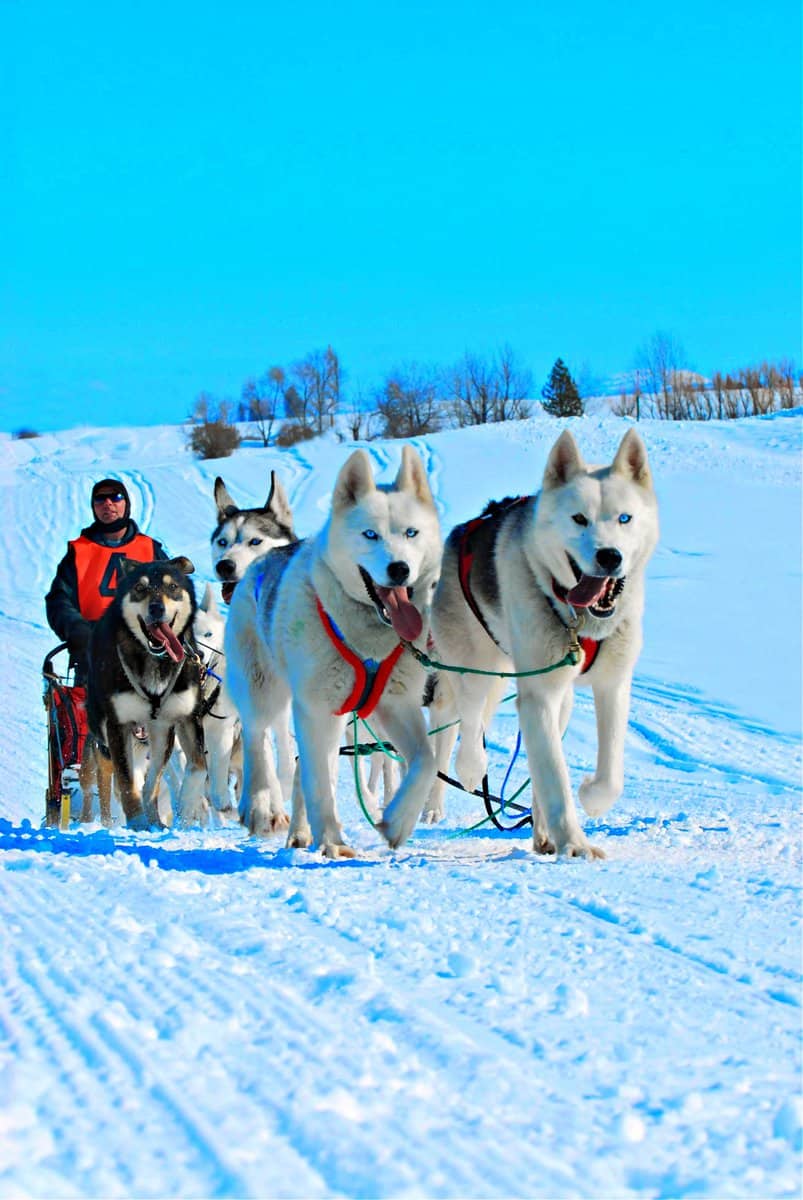
Another nice feature about visiting in winter is that Alaskans host some of their most beloved festivities. The most famous of these festivals is the Iditarod Trail Sled Dog Race, which takes place every March.
Other fun wintertime festivals include Palmer’s Colony Christmas Celebration in December, the Anchorage Fur Rendezvous between February and March, and the World Ice Art Championships between February and March in Fairbanks.
Visiting During Alaskan Festivals
While we’re mentioning winter festivities, it’s a good idea for tourists to check out Alaska’s full list of annual festivals.
Taking part in special Alaskan festivals is a fun way to experience the local culture, so be sure to do some research beforehand. Let’s run through a few of the more famous events you should keep in mind when booking your Alaskan vacation.
One fantastic summertime festival is called “Golden Days” and takes place in Fairbanks every third week of July. During these festive five days, locals celebrate their Gold Rush past by dressing up in authentic costumes and hosting numerous fun activities.
A few special events that take place during Golden Days include a BBQ contest, a rubber duckie race on Chena River, and the largest parade in Alaska.
People visiting between late summer and autumn will have a chance to enjoy the Alaska State Fair if they’re in the Anchorage area.
Taking place between late August and early September, this event has everything you’d expect from a great county fair: local treats, contests, games, rides, and plenty of live music.
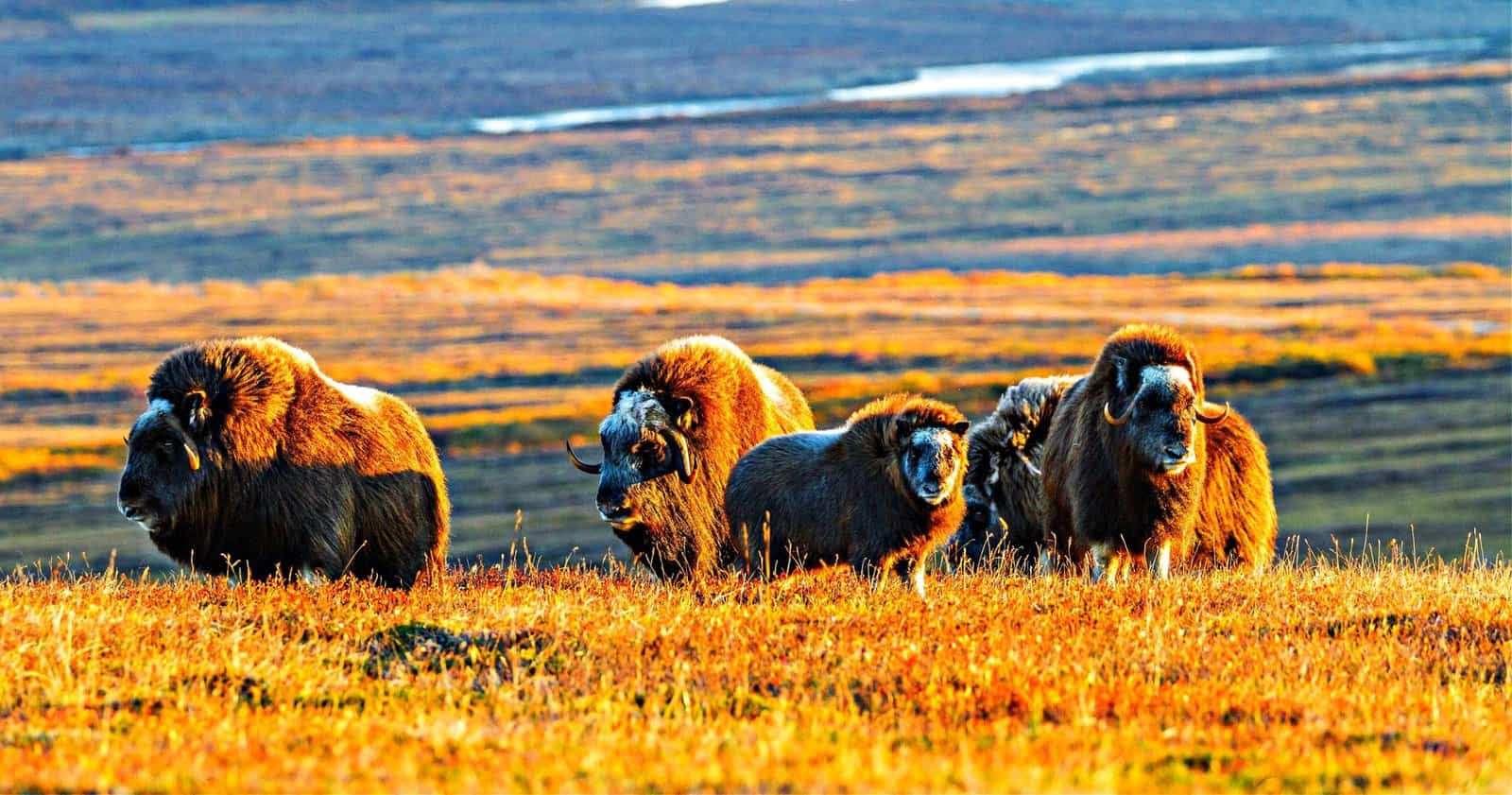
Third, anyone interested in experiencing Alaska’s indigenous cultures first-hand should consider visiting the state during the Festival of Native Arts.
Hosted by the University of Alaska in Fairbanks, this multi-day festival from February to March celebrates the rich heritage of Alaska’s indigenous cultures through live performances, film screenings, and traditional art classes.
Alaskan Adventures Await Any Time Of The Year
No matter what time of year you visit, Alaska rewards adventurous spirits. Whether you want to cheer on the racers at the Iditarod, go on a whale-watching exploration, or marvel over the Northern Lights, be sure to schedule your vacation to suit your interests.
Here are links to my other two posts about this, in case the Northern Lights or the Whales are a major reason for your tour -
What's the best time to see the Northern Lights in Alaska
When's the best time of the year to go whale watching in Alaska
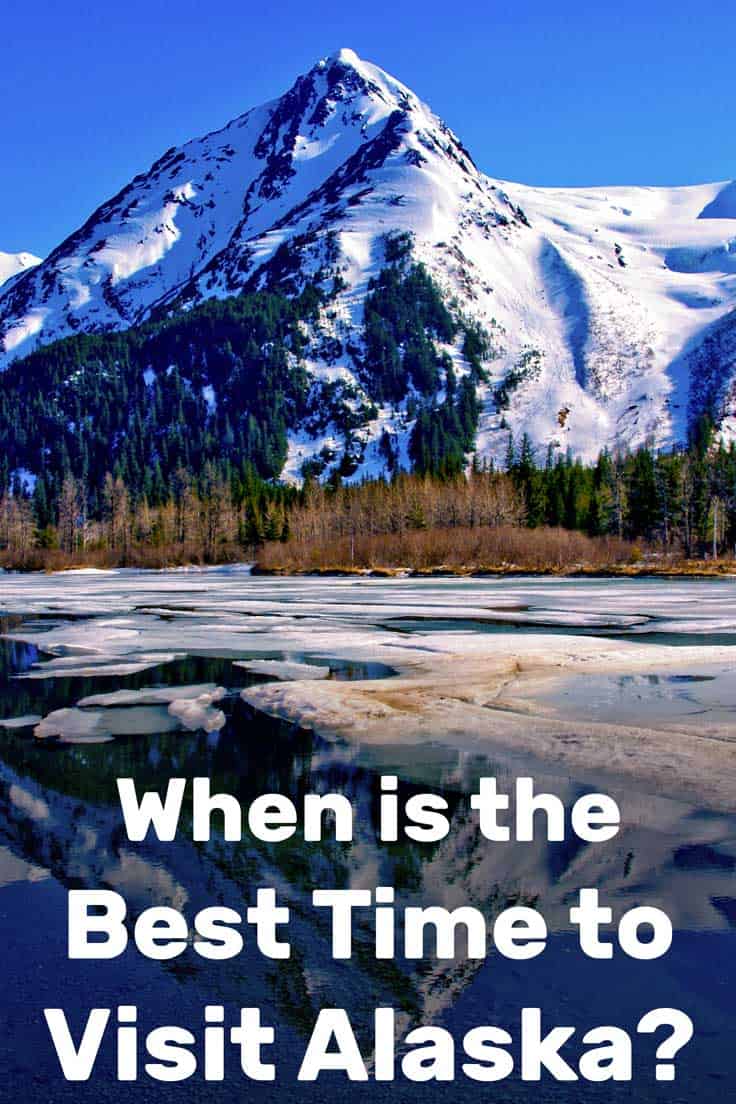
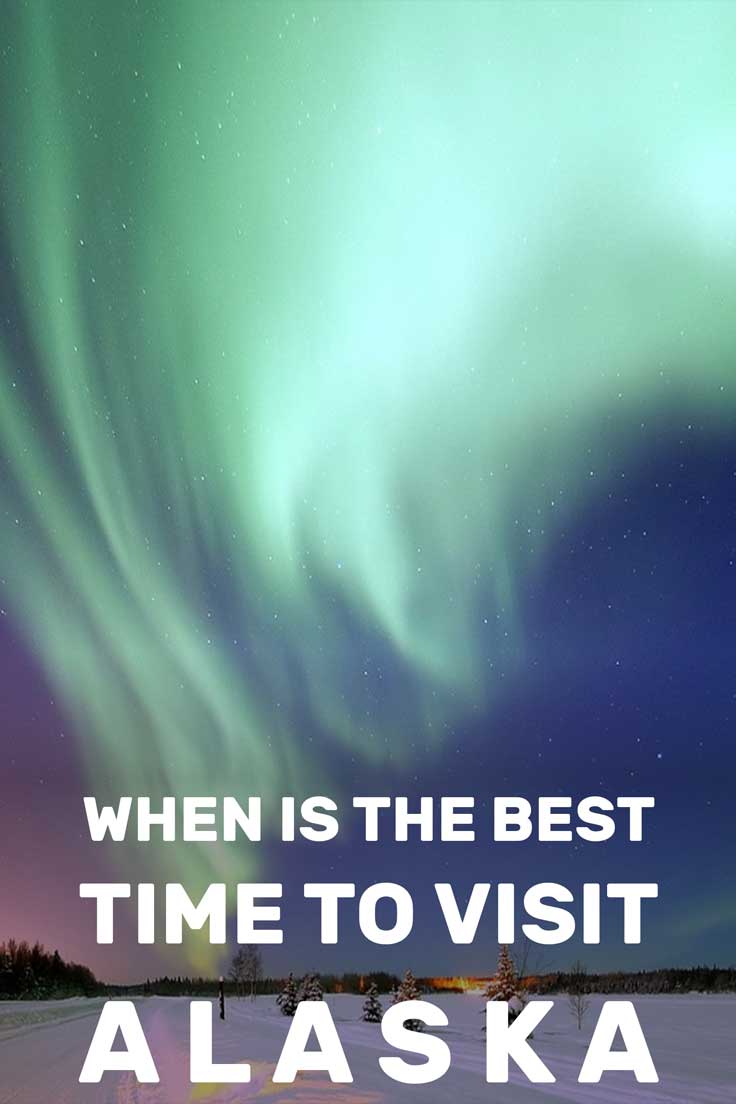

I am thoroughly enjoying your many blogs. They are both informative and entertaining. We are planning to drive from Houston to Alaska next spring. We have already motorhomed across Newfoundland, Canada and all around the US. And we drove our motor home to Panama. You might like to take a warm trip for a change. 🙂
We then rented RV in southern China and drove it to Tibet, but that’s a different story.
Thank you for your information and the research you put into it. I have much more to learn from you.
HH
Hi Harriet,
That’s fantastic! We plan on trying to full-time RV in North American in a couple of years. Since we have to leave the US for at least a month every six months (traveling on a tourist visa), we’ll definitely be looking into traveling south of the border too, during the winter months. Bookmarking your blog for future reference – thanks for stopping by!